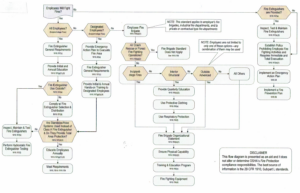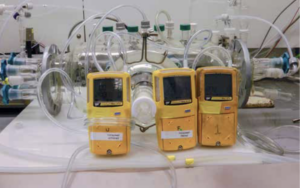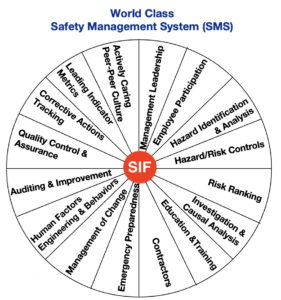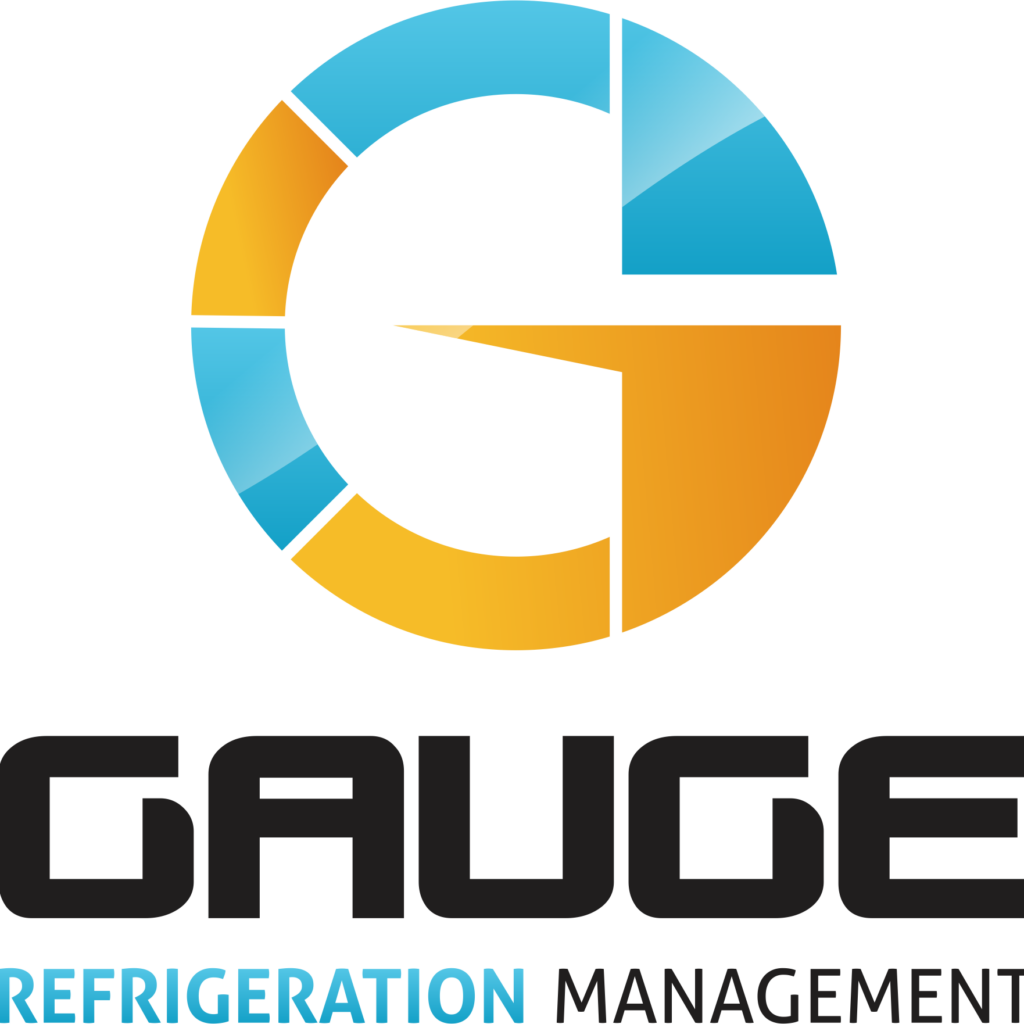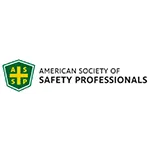CLICK HERE to Renew your Membership
CLICK HERE for a NEW Membership
CLICK HERE to see eligibility requirements for FREE Membership
If you have any questions, please contact me
We offer:
- Over 17,600 categorized unsafe acts/conditions and accident/injury photos
- Over 1,450 ppt's & doc's
- Over 3,975 technical articles on Process Safety & Occupational Safety & Health matters
- Over 450 videos

I am proud to announce that have extended our”Partners in Safety” agreement for another year (2025).
CI Members, send me an e-mail to request your FREE SAFTENG membership.





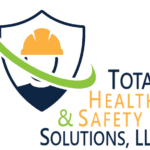





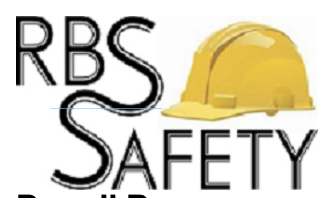


April 1, 2023
Risk management strategies can be categorized into four (4) fundamental approaches. They are:
Inherent,
Passive,
Active, and
Procedural
Let’s discuss what they mean and the order in which we should utilize them. Think along the lines of Hierarchical Control Schemes.
…
HomeRead More »
Read More
April 1, 2023
Several years ago I was asked by a client to throw my name into the ring for a senior-level job at a large chemical company. They were a great client so I obliged and although I had no desire to give up SAFTENG, the interview process was so refreshing. It had such an impact on me, I use it today when a client asks me to be an interviewer in their interview process for a safety candidate. This approach...
Read More
March 31, 2023
This flow diagram is presented as an aid and it does not alter or determine OSHA’s Fire Protection compliance responsibilities. The best source of information is the 29 CFR 1910, Subpart L standards. Many thanks to my Friend in Safety from OSHA, Mr. Walter Siegfried for sharing this aid.
…
HomeRead More »
Read More
March 30, 2023
A fatal explosion at a chemical facility in 2018 killed a welder who was carrying out maintenance work on a mixing vessel. The HSE investigation found that toluene vapors had leaked into the vessel from faulty valves, producing a flammable atmosphere. Workers had checked the atmosphere with a flammable gas monitor before their work began. However, the gas monitor had failed to detect the presence of...
Read More
March 30, 2023
More on near misses and unsafe acts that result in no consequence- remember this is from the 1930s and 40s “It needs but little thought for the average person to conclude that the no-injury accident ratio herein expressed is not exaggerated. How many drivers of automobiles would care to assert that they had never had narrow escapes from injury when driving across railroad grade crossings without...
Read More
March 29, 2023
This Notice cancels STD 01-12-002 Guidelines For Robotics Safety, which has been replaced by the OSHA Technical Manual Section IV: Chapter 4 –Industrial Robot Systems and Industrial Robot System Safety. The 1987 STD 01-12-002 Guidelines For Robotics Safety was outdated. The 2021 update to the OSHA Technical Manual Section IV: Chapter 4 – Industrial Robot Systems and Industrial Robot System...
Read More
March 28, 2023
Lots of talk about SIF (Serious Injuries & Fatalities) these days. It even has a new acronym some of you may have seen being used… STKY (Stuff [or Sh_t] That Kills You). Leave it to the safety profession to package this risk management approach into a “program” that can be marketed and sold as another silver bullet to fix all of our struggles. Hence, SIF has many catchphrases...
Read More
March 27, 2023
Heinrich wrote this in 1941. So many want to decry his belief that unsafe acts play a significant role in accidents. In my earlier posts, I shared his position that unsafe acts are a reflection on management and not so much on the worker who carried out the unsafe act. In this quote from his book, we can see that he was a believer in engineering controls as a major means to prevent accidents. “The...
Read More
March 26, 2023
One of my pet peeves in safety is emergency egress lighting. From not having any to having some serious deficiencies in the setup and functioning of the lighting. OSHA has failed to establish a minimum lighting intensity for this emergency lighting. OSHA has established the brightness for EXIT signs, but when it comes to the egress path lighting OSHA has not QUANTIFIED its minimum...
Read More
March 26, 2023
“Very few unsafe acts will result in damage or injury. In a highly protected system, the probability that the consequences of an isolated action will penetrate the various layers of defense is vanishingly small. Several causal factors are required to create a ‘trajectory of opportunity’ through these multiple defenses. Many of the causal contributions will come from latent failures in the organizational...
Read More
March 26, 2023
The Entry Supervisor is an ABSOLUTE CRITICAL PATH in safely performing entries into PRCSs. With that said, if entry supervisors simply attend the same training that everyone else attends, we have FAILED them. We were asked to assist with a 2012 PRCS fatality incident where the abject failure of the facility to train its entry supervisors was undoubtedly the root cause of the tragedy. ...
Read More
March 25, 2023
What is an Injury & Illness Prevention Program (I2P2)? It is a very basic, 8-element, safety management system (SMS). It is OSHA’s attempt to fundamentally change from the complaince model to an SMS model to manage workplace safety and health. OSHA has been talking about I2P2 for nearly 20 years and has faced relentless pushback from the industries. But it is time...
Read More


